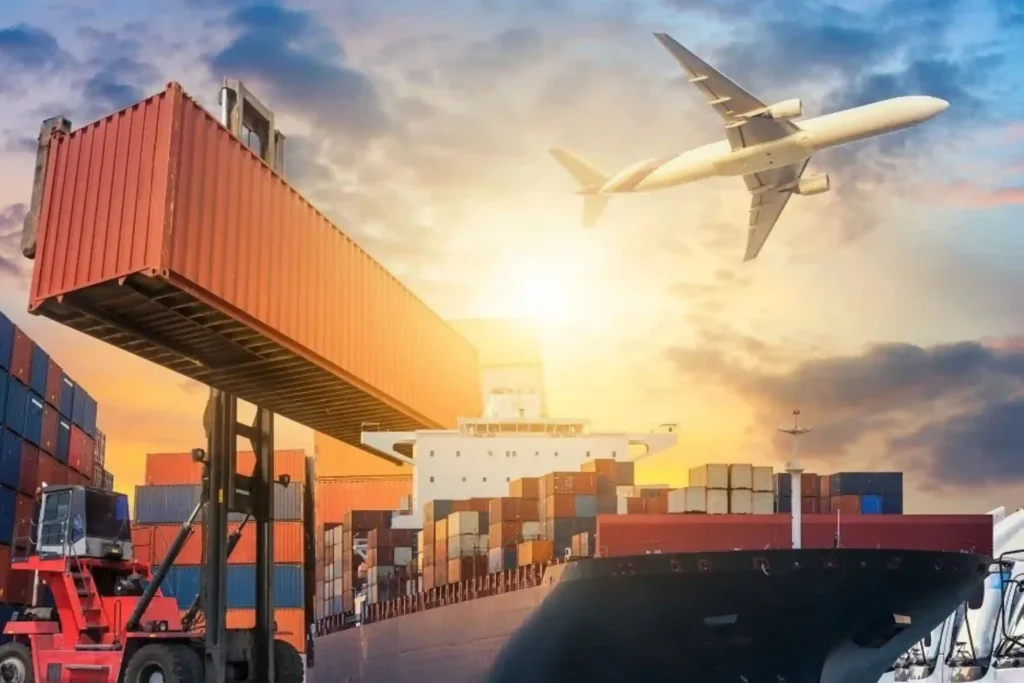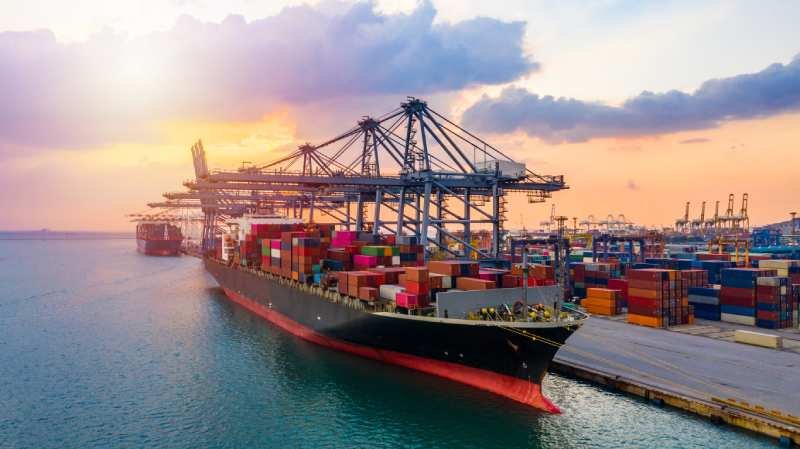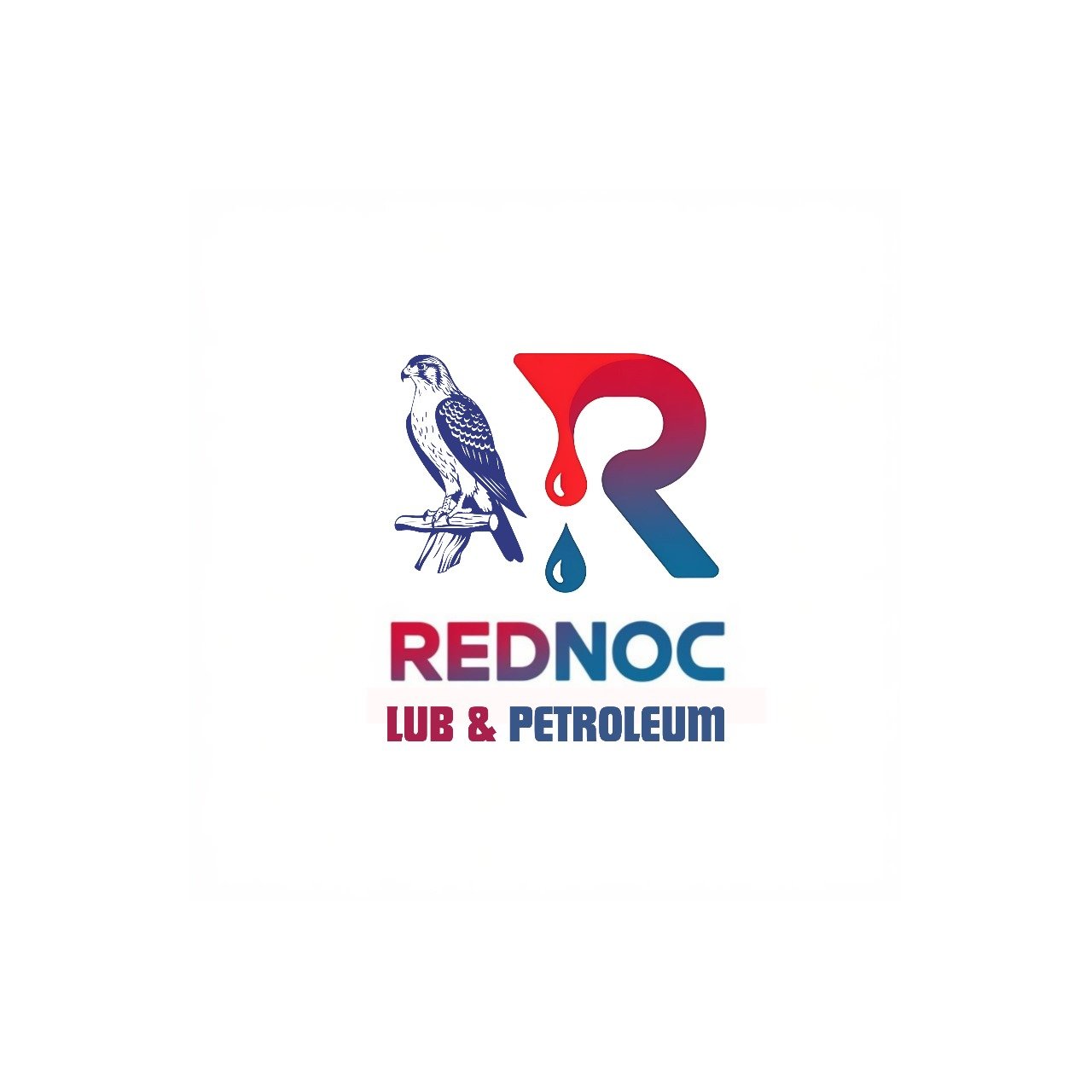
Importing
Importing involves the process of bringing goods or services into a country from abroad for the purpose of resale, distribution, or use in domestic production. This practice plays a crucial role in global trade by allowing businesses and consumers to access products that are not locally available or are more cost-effective when sourced internationally. Importing can encompass a wide range of products, from raw materials and industrial goods to consumer items and luxury products. The process typically involves dealing with various legal, logistical, and financial considerations, including tariffs, customs duties, and transportation. Importers must also ensure compliance with local regulations and standards, such as quality control and safety requirements. By fostering international relationships and expanding market access, importing enables businesses to meet domestic demand, diversify product offerings, and remain competitive in a globalized economy.

Importing is a vital aspect of global commerce, facilitating the exchange of goods and services between countries. It enables businesses to acquire products or raw materials that are either unavailable domestically, more expensive to produce locally, or offer better quality or competitive pricing when sourced from other countries. Importing spans a broad range of industries, including manufacturing, retail, and agriculture, and involves goods such as electronics, vehicles, clothing, food, machinery, and more.
Key points of Importing
Here are the key points of importing:
1. Global sourcing:
Importing involves sourcing goods or raw materials from international suppliers to meet domestic demand or to use in local production processes.
2. Customs and tariffs:
Importers must navigate customs regulations, including paying import duties and tariffs, and providing necessary documentation such as invoices, certificates of origin, and shipping details.
3. Logistics and Transportation:
The process includes managing the transportation of goods via sea, air, or land, ensuring timely and cost-efficient delivery to the destination country.
4. Compliance with local regulations:
Imported goods must adhere to local safety, quality, environmental, and health standards, which can include product certifications and regulatory checks.
5. Payment and Currency Exchange:
Importing often involves international financial transactions, requiring consideration of exchange rates and payment terms between buyer and supplier.
6. Import documentation:
Proper paperwork is required for customs clearance and may include documents like commercial invoices, bills of lading, and import declarations.
7. Trade Agreements:
Importers benefit from international trade agreements and free trade pacts that reduce tariffs and simplify trade between countries.
8. Market Demand:
Understanding local demand, market trends, and consumer preferences is essential for successful importing and ensuring that products will be well-received.
9. Inventory Management:
Efficient management of imported goods and storage is crucial to avoid overstocking or shortages and to maintain a smooth flow of products to consumers or businesses.
10. Risk Management:
Importing carries risks such as delays, damage to goods, currency fluctuations, or changes in tariffs. Importers need risk mitigation strategies such as insurance and contingency planning.
11. Sustainability and ethical Sourcing:
Growing emphasis on sourcing goods sustainably and ensuring ethical practices in production, such as fair labor standards and environmentally friendly methods.
12. Technology and Efficiency:
Importers are increasingly adopting technology solutions like ERP systems, inventory management tools, and customs compliance software to streamline operations and improve efficiency.
These points highlight the complexities and key considerations involved in the importing process, which requires careful planning, compliance, and strategic decision-making.
Request a Quote
Learn More From
Frequently Asked Questions
Creating cities and communities that solve problems requires a holistic approach that prioritizes sustainability, inclusivity, and innovation.
The construction of a winning 1 million AED project involves careful planning, strategic allocation of resources, and efficient execution to ensure success.
Our clients in the petroleum industry consistently commend our commitment to quality, reliability, and innovation.
